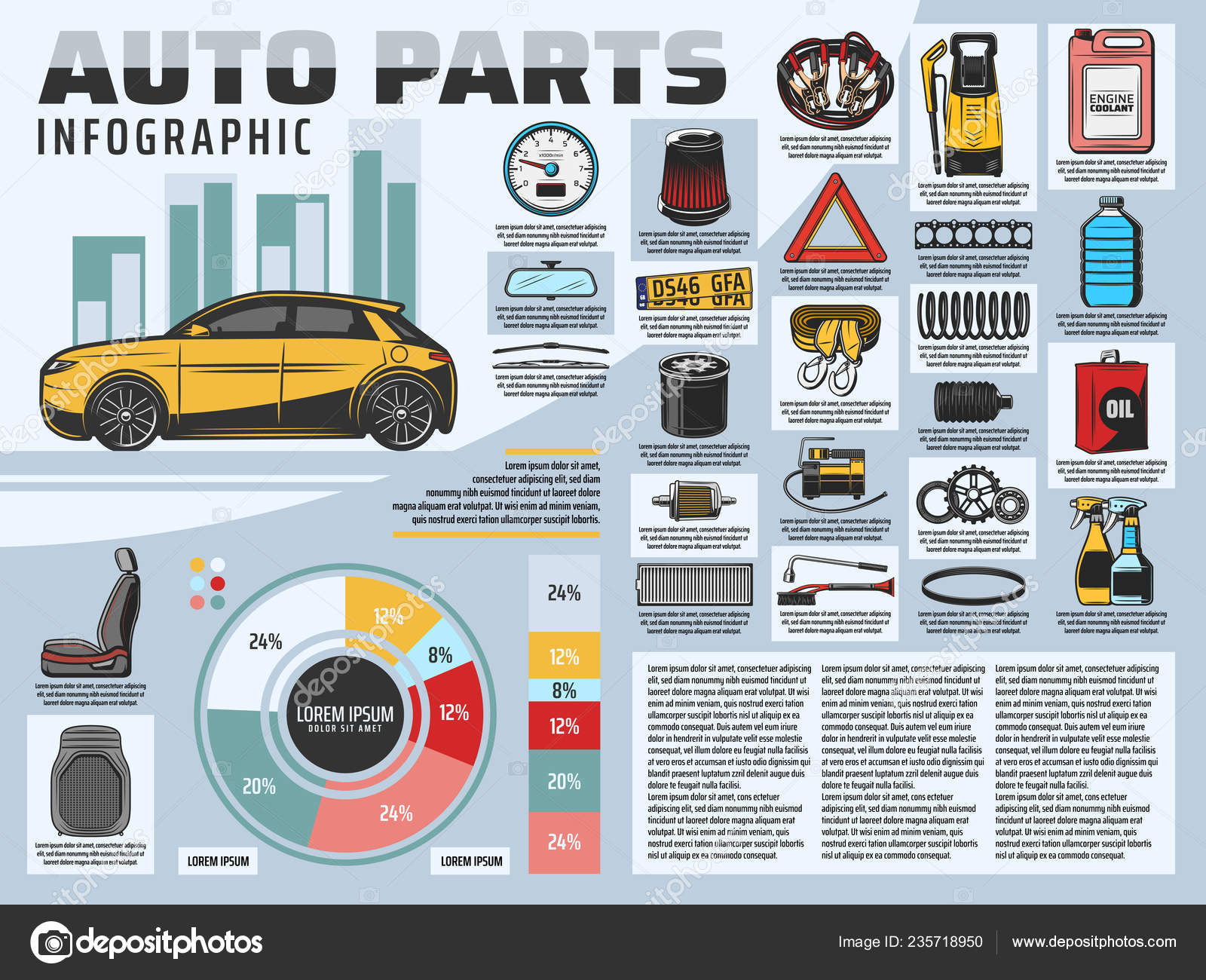Evaluating Your Vehicle'S Caution Indicators: What They Actually Communicate
Evaluating Your Vehicle'S Caution Indicators: What They Actually Communicate
Blog Article
Material Develop By-Hartley Alvarado
When you lag the wheel, those beautiful caution lights on your control panel can be a bit puzzling. Do you understand what they're attempting to inform you regarding your cars and truck's wellness? Comprehending the relevance of these lights is crucial for your safety and security and the long life of your vehicle. So, the next time among those lights pops up, would not you want to analyze its message accurately and take the essential steps to address it?
Common Caution Lights and Interpretations
Recognize typical warning lights in your automobile and understand their significances to make certain secure driving.
One of the most normal warning lights consist of the check engine light, which signals issues with the engine or discharges system. If this light begins, it's vital to have your vehicle examined promptly.
The oil pressure advising light indicates reduced oil stress, calling for immediate interest to prevent engine damages.
A blinking battery light might recommend a defective charging system, possibly leaving you stranded otherwise attended to.
The tire pressure tracking system (TPMS) light signals you to low tire pressure, affecting automobile security and fuel effectiveness. Overlooking this can result in dangerous driving conditions.
The abdominal muscle light indicates a trouble with the anti-lock stopping system, endangering your capacity to quit rapidly in emergencies.
Lastly, the coolant temperature advising light warns of engine getting too hot, which can cause severe damage if not solved promptly.
Understanding these usual caution lights will help you deal with problems promptly and maintain risk-free driving conditions.
Significance of Prompt Attention
Comprehending the typical warning lights in your car is only the initial step; the relevance of without delay dealing with these warnings can't be stressed enough to guarantee your security when traveling.
When a caution light illuminates on your control panel, it's your cars and truck's method of interacting a prospective problem that needs focus. Overlooking these warnings can result in a lot more serious issues in the future, jeopardizing your safety and security and possibly costing you a lot more out of commission.
Motivate interest to advising lights can avoid failures and accidents. For example, a blinking check engine light can indicate a misfire that, if left ignored, can create damages to the catalytic converter. Addressing this quickly can conserve you from an expensive repair work.
Similarly, a brake system alerting light may signify low brake fluid or worn brake pads, important elements for your safety and security when driving.
Do It Yourself Troubleshooting Tips
If you observe a warning light on your control panel, there are a couple of DIY troubleshooting ideas you can attempt before seeking specialist help.
The initial step is to consult your automobile's manual to recognize what the specific warning light indicates. Sometimes the problem can be as straightforward as a loose gas cap setting off the check engine light. Tightening the gas cap may deal with the problem.
car wash and grooming near me is a reduced battery, which can activate various advising lights. Checking the battery connections for rust and ensuring they're safe might deal with the problem.
If a caution light lingers, you can try resetting it by disconnecting the cars and truck's battery for a few minutes and then reconnecting it. In addition, inspecting your car's liquid degrees, such as oil, coolant, and brake liquid, can assist fix cautioning lights connected to these systems.
Conclusion
To conclude, understanding your automobile's warning lights is vital for maintaining your car running efficiently and securely. By without delay addressing these notifies and knowing what they mean, you can prevent costly repair services and possible failures.
Click In this article in mind to consult your automobile's guidebook for certain information on each warning light and do something about it accordingly to make sure a trouble-free driving experience.
Remain notified, stay safe when traveling!
